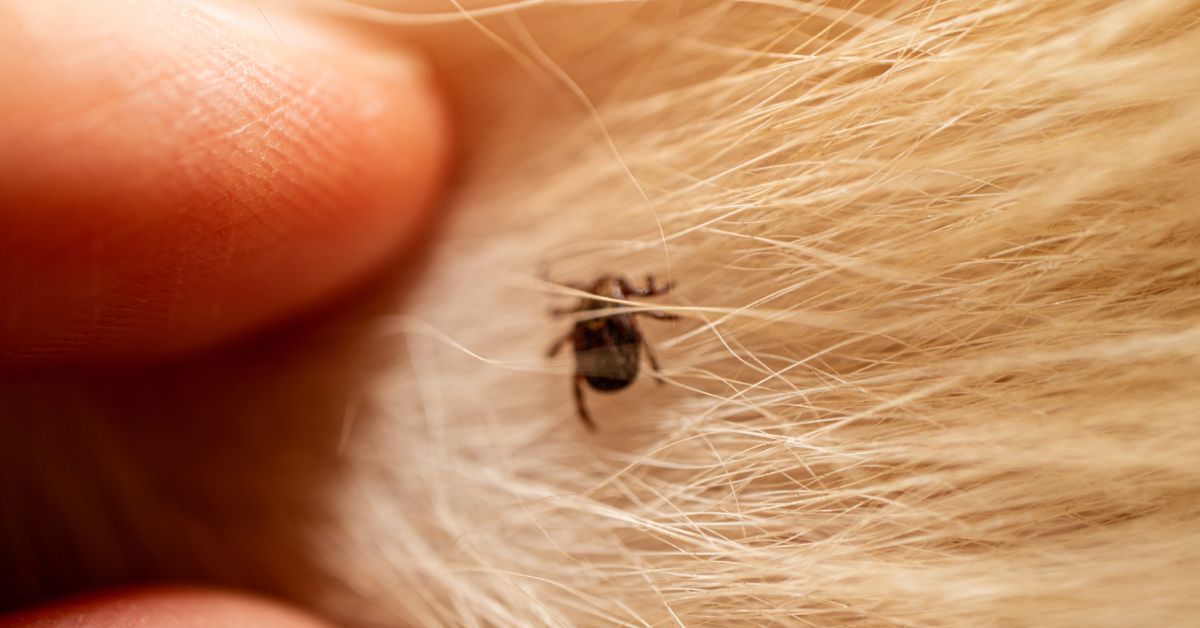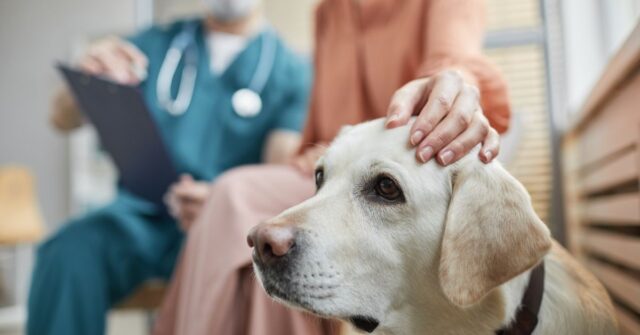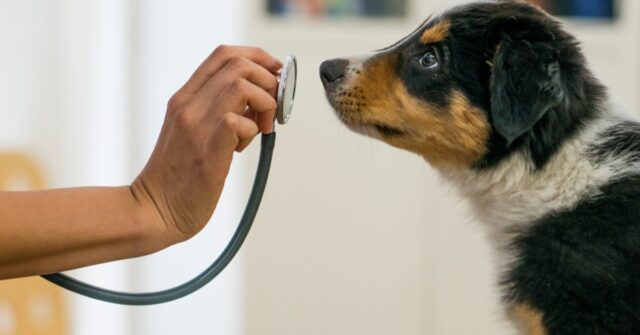Welcome to our in-depth guide on protecting your beloved canine companions from ticks and fleas in the unique Australian environment.
This article aims to provide you with all the necessary information to keep your dogs safe and healthy while they enjoy the great Australian outdoors.
Introduction to Parasite Prevention in Australia
Australia’s diverse climate presents unique challenges in keeping pets safe from parasites like ticks and fleas. Understanding these challenges is key to effective prevention and ensuring your dog’s well-being.
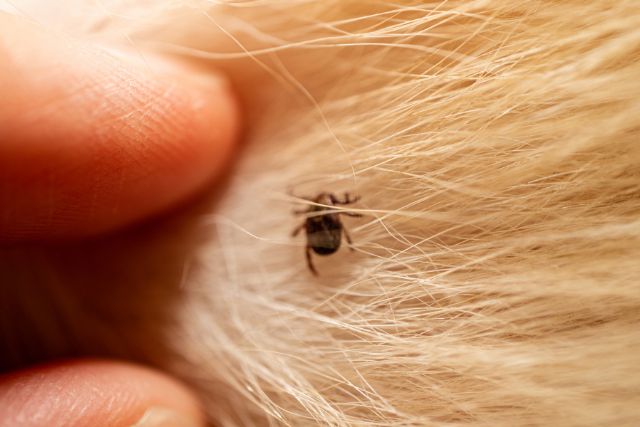

The Importance of Protecting Your Dog from Ticks and Fleas
Preventing tick and flea infestations is crucial as these parasites can cause serious health issues in dogs, ranging from mild irritation to severe diseases.
Regular prevention is far more effective and less distressing for your pet than treating an infestation.
Understanding the Australian Climate and Parasite Risks
The Australian climate varies greatly, influencing the prevalence of different parasites in various regions. It’s vital to understand these regional risks to tailor your dog’s protection accordingly.
Identifying Ticks and Fleas: What Australian Pet Owners Need to Know
Being able to identify ticks and fleas is the first step in effective prevention and treatment. Let’s explore what these parasites look like and their characteristics.
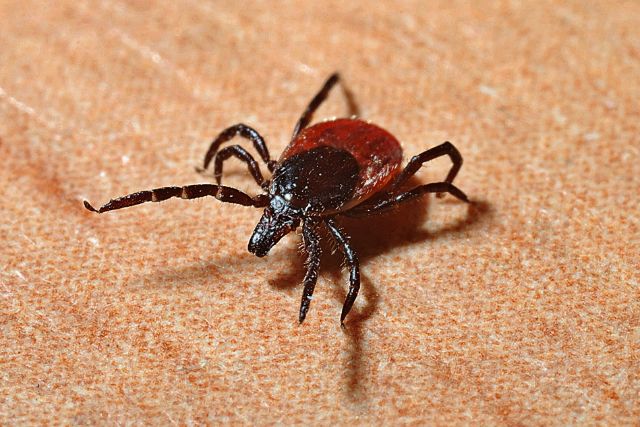

Common Types of Ticks in Australia
In Australia, the most common dangerous tick for dogs is the paralysis tick (Ixodes holocyclus). Identifying them early is crucial as they can cause serious illness or even death in dogs.
Recognizing Fleas and Their Impact on Dogs
Fleas are small, dark brown insects that move quickly through your dog’s fur. Their bites can cause itching, red patches, and in severe cases, lead to infections or allergic reactions.
Health Risks Associated with Ticks and Fleas
Understanding the health risks associated with these parasites is key to appreciating the importance of prevention and early treatment.
The Dangers of Tick-Borne Diseases
Tick bites can transmit diseases like Lyme disease and cause paralysis in dogs, which can be fatal if not treated promptly.
How Fleas Can Affect Your Dog’s Health
Fleas can cause anemia, especially in young puppies, and carry tapeworm larvae, which can lead to further health complications.
Preventive Measures: Keeping Your Dog Safe
There are various preventive measures you can take to protect your dog from ticks and fleas. Let’s explore some effective strategies.
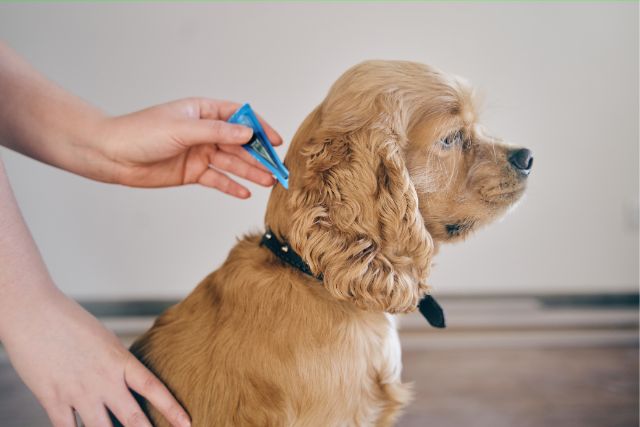

Choosing the Right Tick and Flea Prevention Products
Select products specifically designed for dogs, considering their size and weight in kilograms. Options include topical treatments, oral medications, and collars.
Popular brands as recommended by Vetinerians in Australia are NexGard and Simparica Trio. You can buy these products online here. Just choose a product that suits your dog’s weight and follow the directions.
Natural Remedies and Their Effectiveness
While natural remedies can be used, they often lack the efficacy of scientifically proven treatments. Always consult your vet before trying these alternatives.
Regular Grooming and Inspection Routines
Regular grooming and checking your dog for ticks and fleas can help catch any infestations early. Pay special attention after walks in bushy or wooded areas.
Outdoor Safety Tips for Dog Owners in Australia
When enjoying the outdoors with your dog, certain precautions can minimize the risk of parasite infestation.
Safe Outdoor Activities with Your Dog
Choose safer areas for walks and play, avoiding known tick-infested regions, especially during the warmer months when ticks are more active.
Avoiding High-Risk Areas for Ticks and Fleas
Stay away from dense vegetation and long grasses, and consider using tick repellents when venturing into bushland areas.
What to Do If Your Dog Has Ticks or Fleas
If you find that your dog has ticks or fleas, quick action is necessary to minimize health risks.
Effective Tick Removal Techniques
Use fine-tipped tweezers or a tick removal tool to gently remove the tick. Be sure to remove the entire tick, including its head.
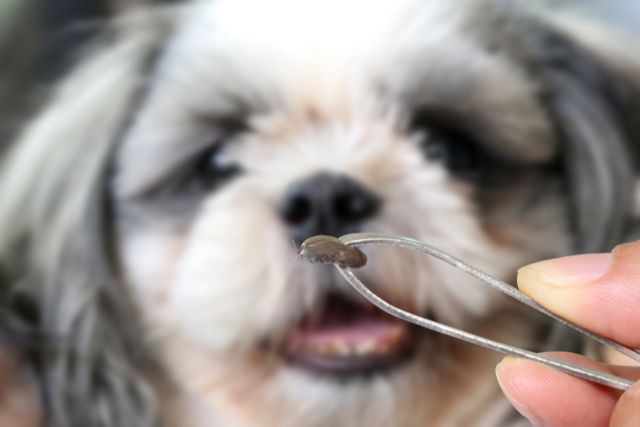

Treating Flea Infestations at Home
Begin treatment immediately with vet-approved flea treatments, and thoroughly clean your home to eliminate any remaining fleas and eggs.
When to Consult a Veterinarian
If you’re unsure about removing a tick or if your dog shows any signs of illness after a tick bite, consult your vet immediately.
Maintaining a Flea and Tick-Free Home Environment
Keeping your home environment free from fleas and ticks is an essential part of your pet’s health.
Regular Cleaning and Prevention Strategies
Regular vacuuming, washing your dog’s bedding, and using environmental controls like sprays can help keep your home parasite-free.
Protecting Other Pets and Family Members
Remember, fleas and ticks can affect other pets and, in rare cases, humans. Ensure all your pets are protected, and maintain a clean home environment.
Staying Informed: Latest Research and Developments
Staying informed about the latest developments in parasite prevention can offer even better protection for your dog.
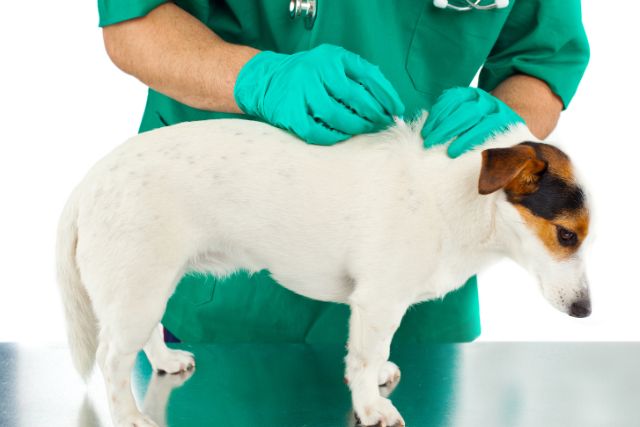

Advancements in Parasite Prevention and Treatment
Keep up-to-date with the latest products and treatments. Veterinary science is continually evolving, offering new and improved solutions for parasite control.
Resources for Australian Dog Owners
Utilize resources like local veterinary clinics, online pet health portals, and Australian pet care forums to stay informed and connected with other pet owners.
Your Role in Protecting Your Pet
As a responsible pet owner, your role in protecting your dog from ticks and fleas is crucial.
By staying informed, vigilant, and proactive, you can ensure your furry friend enjoys a healthy, happy life in the beautiful Australian outdoors.
Summary of Key Points
This guide has covered the essentials of identifying, preventing, and treating tick and flea infestations in dogs, tailored to the unique Australian environment.
Encouraging Responsible Pet Ownership
We encourage all dog owners to take these tips seriously and to always prioritize the health and well-being of their pets.
Together, we can make the Australian outdoors a safe place for our canine companions.

